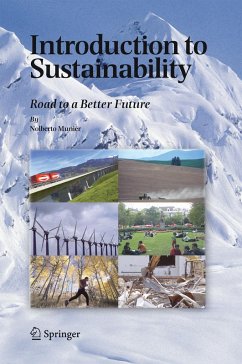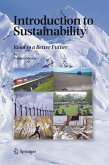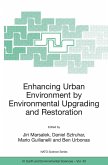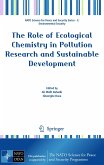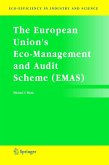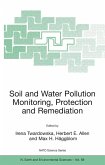Sustainability relates with Economics, Society, and Environment. However, one common fact that links them all is the generation of waste. This chapter is divided into two: The first part analyses the current generation of waste as well as its treatment. The second intends to establish policies for the future treatment of waste or, better yet, for ceasing the generation of waste. This first part begins by raising some capital questions: What is waste? Which are the components of waste? Where is waste generated? and How is waste treated? The second part will deal with: Why is waste produced? and What is society doing to correct this problem? 2. 2 First part: Current generation and treatment of waste 2. 2. 1 What is waste? The dictionary defines 'waste' as something useless, unwanted, or defective and the word 'by-product' as something produced in an industrial or biological process in addition to the principal product. From the point of view of sustainability, the word 'waste' doesnot have that meaning as, though it may be unwanted, it is not something useless and is certainly not defective. Even if in a manufacturing process a product or part of it does not conform to the manufacturer's quality specs, it does not thereby become waste, but is, rather scrap material that is usually brought back to its original state and then processed again.
From the reviews:
"It suggests methods and tools to achieve our aim of total sustainability. The book has been written in a very clear, readable and user friendly style. The distinguishing features of the book would be the numerous appropriate case studies appearing throughout the book and the internet references appearing at the end of the chapter. ... The book contains many helpful tables. ... this would be a useful introductory effort that will appeal to decision makers and workers in different spheres of environmental activities." (V. Lakshminarayanan, Journal of Ecobiology, Vol. 18 (2), 2006)
"It suggests methods and tools to achieve our aim of total sustainability. The book has been written in a very clear, readable and user friendly style. The distinguishing features of the book would be the numerous appropriate case studies appearing throughout the book and the internet references appearing at the end of the chapter. ... The book contains many helpful tables. ... this would be a useful introductory effort that will appeal to decision makers and workers in different spheres of environmental activities." (V. Lakshminarayanan, Journal of Ecobiology, Vol. 18 (2), 2006)

